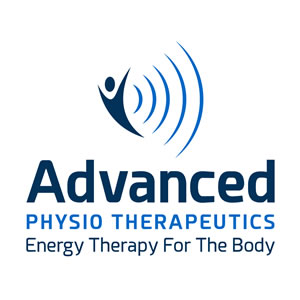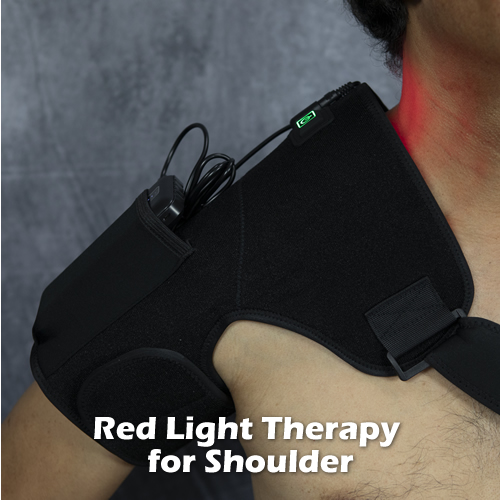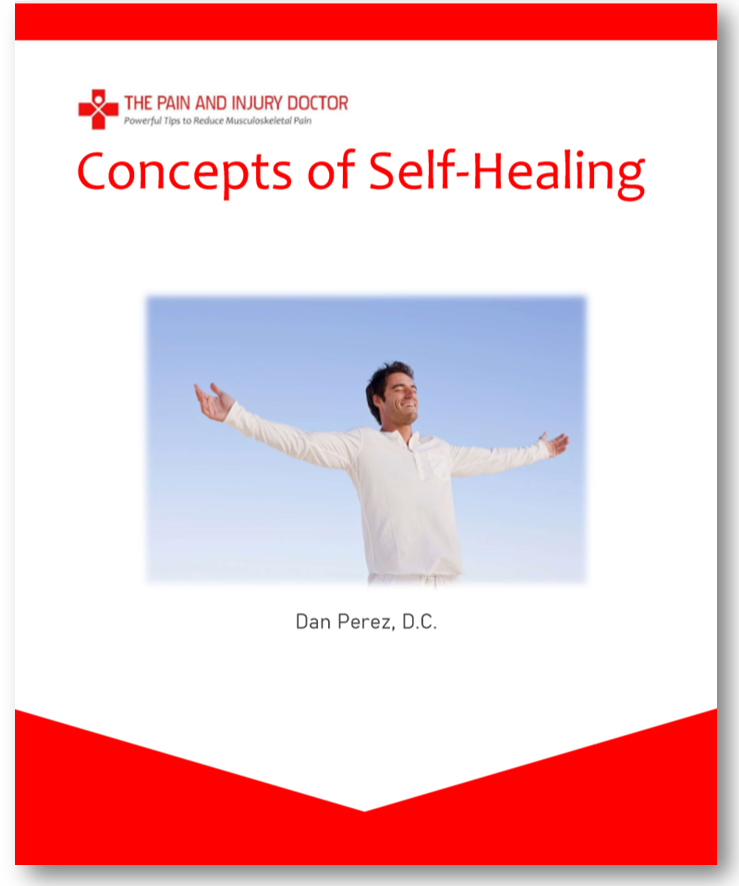Grounding – An Invigorating and Zero Cost Activity for Good Health
Here’s a quick health tip I’ve been meaning to share with your for a while– “grounding,” or “Earthing.”
Your body is a mass of cells, water and organic matter comprised of molecules. These molecules are made of atoms bonded to one another. And, there is the constant activity of biochemical reactions that produce mobile molecules that enable our organs and systems to function — signaling proteins, enzymes, catalysts, co-factors and so on.
Our bodies are constantly exposed to the magnetic fields of the earth, weak ionizing radiation (ionizing= capable of creating ions – more on this later) from the sun; and more significantly, magnetic fields generated from electrical wiring in our homes and offices, and radio frequency waves (mobile phones, remote control devices, etc.) generated in huge amounts in our environment.
Who these days isn’t exposed to a lap top, cell phone, home and office electrical wiring, outdoor power lines, transformers and light bulbs?
Do you think these fields may have an effect on our atoms and therefore cells; and therefore cell function and body function i.e. health and the way you feel?
I will admit that I am no physicist, but I do know that electrons can be “stripped” from atoms by other atoms and ionizing radiation, and through cellular respiration (extracting energy from food at the cellular level) which produces free radicals. And when this happens in large numbers, it can have an adverse effect on the body.
When an atom has the same number of protons (+) as electrons (-), it has a neutral charge. When the number of protons and electrons differ, there is either a positive or negative charge, and the atom is called an ion.
When it has one more electron than protons, it has a negative (-) charge and is called an anion (pronounced ANN-eye-on). When it has one less electron than protons, it has a positive charge (+) and is called a cation (pronounced CAT-eye-on). It is the positively charged atoms or molecules that are harmful due to their instability. These cations are better known as free radicals; and for positively charged oxygen molecules, reactive oxygen species (ROS). Your body has anti-oxidant defenses that neutralize much of these ROS as they are formed in the body, but low anti-oxidant levels and excessive ROS production spells trouble, especially over time.
Free radicals seek stability by “snatching” an electron from nearby molecules. When that happens, the donating molecule becomes unstable itself, and seeks an electron elsewhere. This cascade effect causes electrons to be stripped from cell membranes, proteins and other nearby molecules, affecting their ability to carry out their functions.
Oxidative stress is the cumulative effect of long-term stripping of electrons (called reduction) from tissues, resulting in damage. Oxidative stress is implicated as the mechanism of tissue degeneration in chronic degenerative diseases such as cardiovascular disease, arthritis and diabetes. It is also the basis of one of the theories of aging.
According to Dr. Joeseph Mercola, a well-known natural health researcher:
It is known that the Earth maintains a negative electrical potential on its surface. When you are in direct contact with the ground (walking, sitting, or laying down on the earth’s surface) the earth’s electrons are conducted to your body, bringing it to the same electrical potential as the earth. Living in direct contact with the earth grounds your body, inducing favorable physiological and electrophysiological changes that promote optimum health.
So, when was the last time your feet touched the earth?
When the weather is hot, more people are open to walking barefoot outside. There’s nothing like walking on soft beach sand and soaking your feet in a cool stream. But during the winter months, it is less common for people to walk barefoot on the ground for obvious reasons.
And regardless of the season, it is easy for some to go for months without having their feet touch the earth. You put on your shoes in the morning, work in a building, come home, take off your shoes and stay inside until the next day and repeat.
What I recommend you do is make it a point to walk barefoot on grass for ten minutes a day; or at least every couple of days to discharge positive ions that have built up inside your body.
It is even better, as I explain in the video, that you do it after or during a rain shower. Large volumes of water moving through the air and crashing down to earth release billions of negative ions (remember, negative ions are the good ones) which can negate the positive ions in your body. A large waterfall and ocean waves crashing against the rocks are other good areas to pick up negative ions for health.
Lush forests and places with thick vegetation on a sunny day are another good source of taking in negative ions as plants emit them through photosynthesis. Better yet, how about both? Now that’s something your body will love. If you are fortunate to live near the ocean and a forest, you can do a lot for your health by walking barefoot in those areas and doing what I call a “positive ion detox.”
Give it a try, and take note of how you feel. It’s magical.

 Sciatica is a disorder involving pain in the buttock that may radiate down the leg and is characterized by:
Sciatica is a disorder involving pain in the buttock that may radiate down the leg and is characterized by:
 Piriformis syndrome is a less common form of sciatica and occurs when the sciatic nerve is pinched by the piriformis muscle, a deep pelvic muscle that externally rotates the hip.
Piriformis syndrome is a less common form of sciatica and occurs when the sciatic nerve is pinched by the piriformis muscle, a deep pelvic muscle that externally rotates the hip.



 Sometimes when you injure an ankle, wrist, knee, finger or other joint, the pain doesn’t go away entirely. A nagging soreness remains, months and even years later, and your joint is not at 100% capacity.
Sometimes when you injure an ankle, wrist, knee, finger or other joint, the pain doesn’t go away entirely. A nagging soreness remains, months and even years later, and your joint is not at 100% capacity. If long distance running, long hikes and/or doing leg presses or squats are things you do often, you likely notice soreness and stiffness in your legs. I mean intense soreness where you actually feel deep pain in your muscles, and your legs feel like solid lead (the metal), making walking a chore. This condition is called Delayed Onset Muscle Soreness, or DOMS for short.
If long distance running, long hikes and/or doing leg presses or squats are things you do often, you likely notice soreness and stiffness in your legs. I mean intense soreness where you actually feel deep pain in your muscles, and your legs feel like solid lead (the metal), making walking a chore. This condition is called Delayed Onset Muscle Soreness, or DOMS for short.





